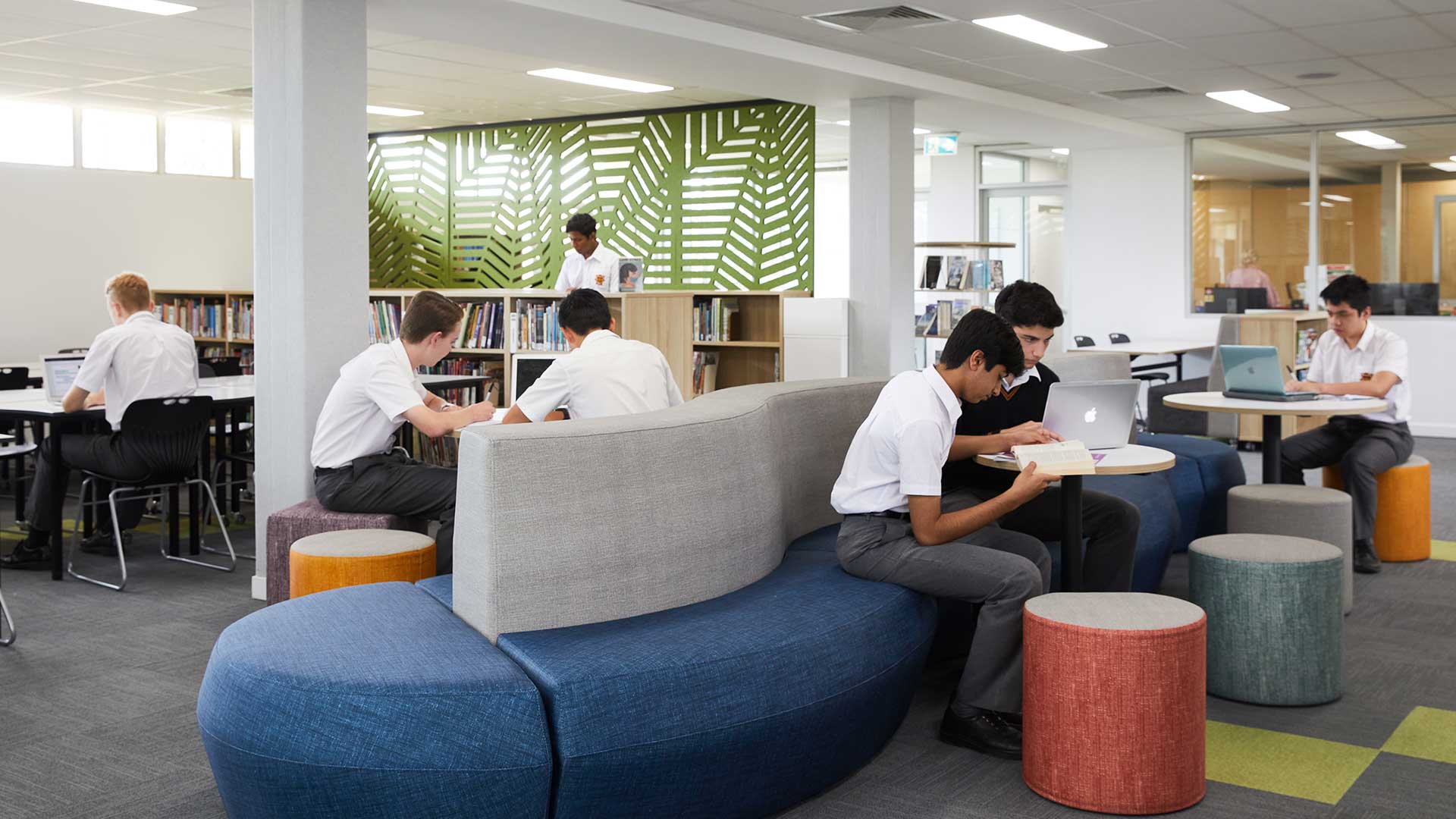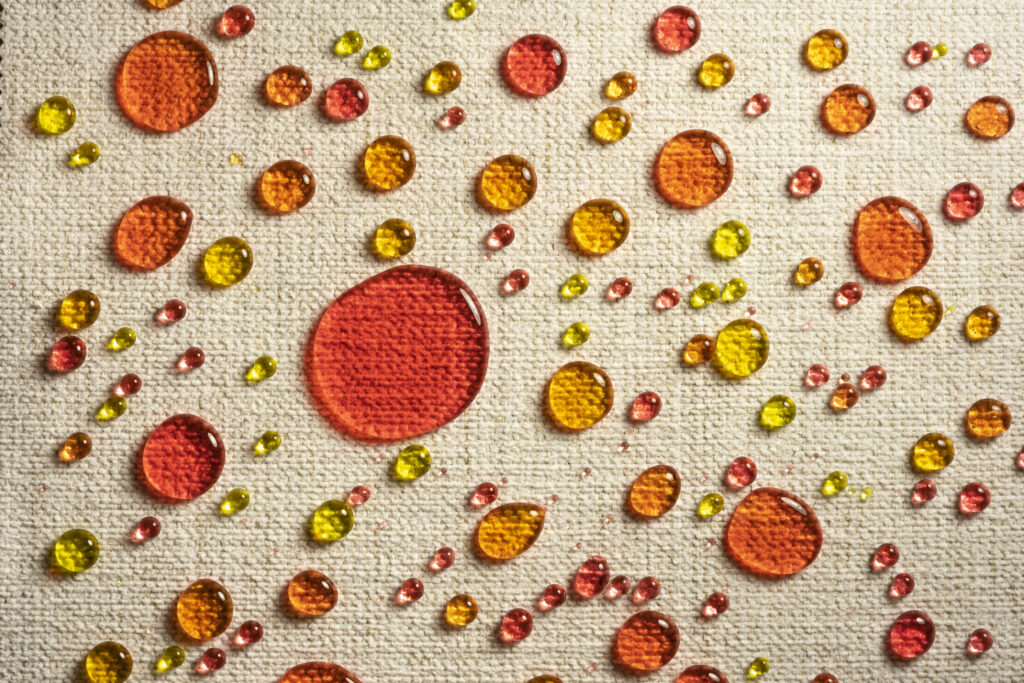As we all know, education spaces such as schools, colleges, and universities are high-traffic areas with many people using the same furniture and equipment. Spills, stains, and moisture damage are common occurrences, which can lead to costly and time-consuming repairs and replacements. Fortunately, there is a solution: moisture barrier fabrics.
Moisture barrier fabrics are textiles that are designed to repel moisture and prevent it from passing through to the underlying materials. These fabrics are often made by coating a base fabric such as polyester or nylon with a waterproof layer of polyurethane, PVC, or TPU (thermoplastic polyurethane). Some moisture barrier fabrics also have additional features, such as being breathable to allow for air circulation or antimicrobial to prevent the growth of bacteria and other microorganisms.
So why should schools consider using moisture barrier fabrics? Here are some reasons why:
Protection against spills and stains
In education spaces, spills and stains are inevitable. Whether it’s a spilled drink in the cafeteria or a marker stain on a desk in a classroom, moisture barrier fabrics can help to protect furniture and equipment from damage caused by spills.
Hygiene
In high-traffic areas such as schools, preventing the spread of germs and bacteria is essential. Moisture barrier fabrics that are antimicrobial can help to prevent the growth and spread of bacteria and other microorganisms, promoting a hygienic environment.
Cost savings
By protecting against damage caused by spills and stains, moisture barrier fabrics can help to reduce the need for frequent repairs and replacements of furniture and equipment. This can result in cost savings for schools, which can be especially important given the tight budgets that many educational institutions operate under.
Comfort
Moisture barrier fabrics can also help to promote comfort by keeping furniture dry and free from moisture. This can be especially important in environments such as classrooms, where students spend long periods of time seated.
Health
Moisture barrier fabrics can help to prevent the growth of mold and mildew, which can be harmful to health. This is especially important in schools, where students spend a significant amount of time in enclosed spaces, such as classrooms.
At Civic, we partner with the industry’s best suppliers to provide moisture barrier fabrics for education spaces. These fabrics are durable, easy to clean, and available in a range of colors and styles to suit any design aesthetic. By incorporating moisture barrier fabrics into your education space, you can protect against damage, promote hygiene, save costs, and create a more comfortable and healthy environment for students and staff.





